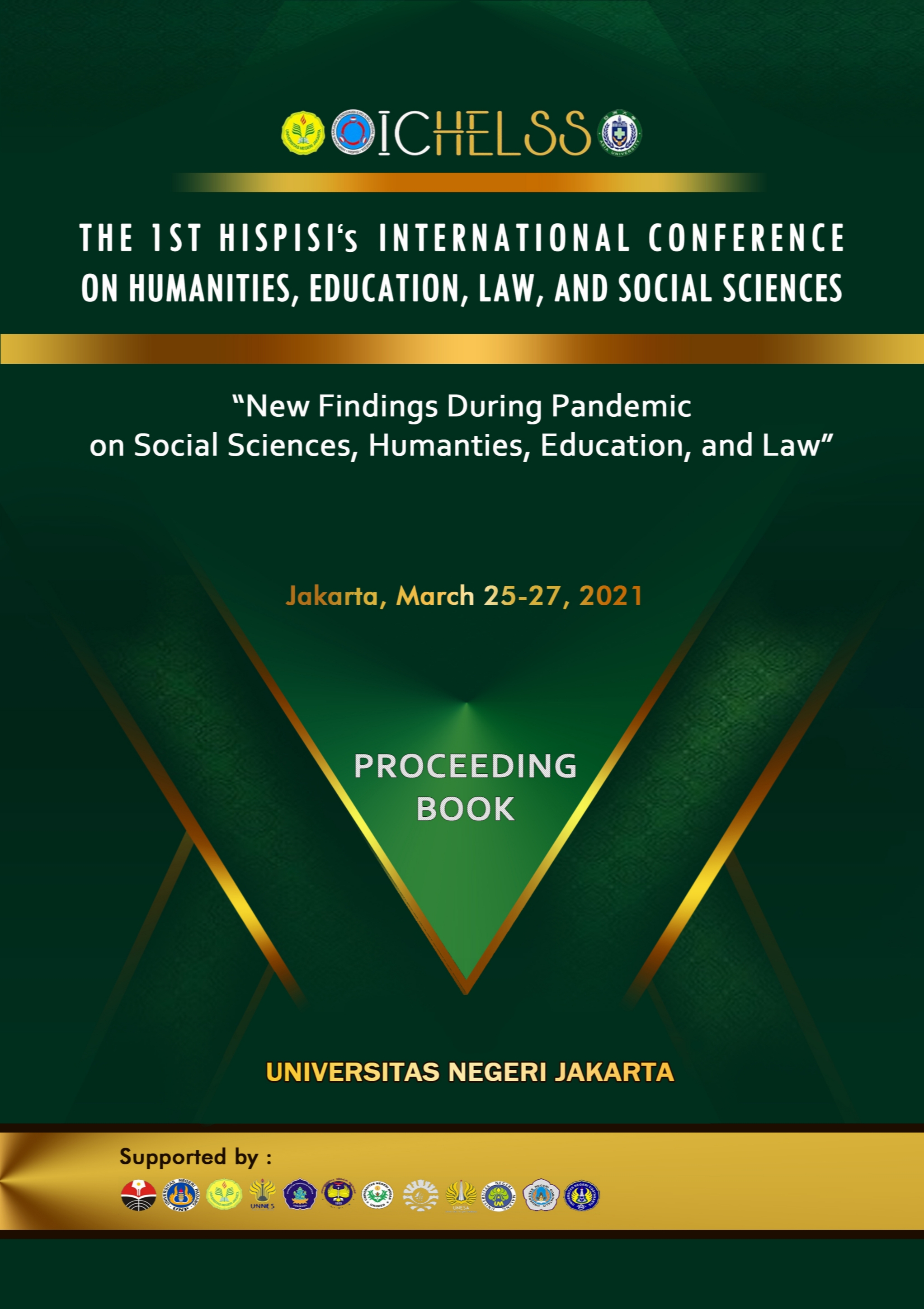Increasing Creative Thinking Ability Using Probem Based Learning (PBL) Model
Abstract
Abstract: The ability to think creatively can be developed by using the problem based learning. The purpose of this study is to determine: 1). The feasibility of supplementing tourism geography teaching materials with creative thinking, 2). The effectiveness of tourism geography teaching material supplements that think creatively, and 3) Students' understanding of creative-thinking tourism geography teaching materials supplements, 4) Student responses to the teaching material supplements that have been developed. This type of research is development research using the Dick & Carey model development procedure. The data from the field trials were then analyzed using descriptive statistics. This analysis is used to process data obtained from field trials either from a questionnaire instrument or from essay-shaped questions (measuring the ability to think creatively). The data from the questionnaire were processed using the Likert scale criterion score. The use of the Likert scale to process data on the frequency of student responses to the teaching material supplements that have been developed.The results showed that the assessment of the feasibility of tourism geography teaching material supplements from the four validators obtained a value of 80.6 (very feasible). Student responses to tourism geography teaching materials supplements obtained a value of 86.8 (very suitable). The effectiveness of tourism geography teaching materials supplements is very effective. Comprehension of the material measured using the essay test (fluency, flexibility, originality, and elaboration) obtained a score of 89.5 (very good). The conclusion is that the problem-based learning model used in learning tourism geography can improve creative thinking.
Keyword: Creative Thinking, PBL


